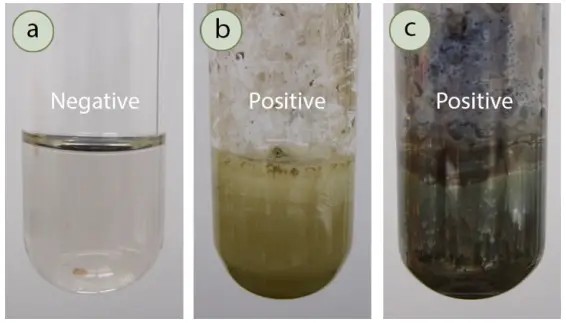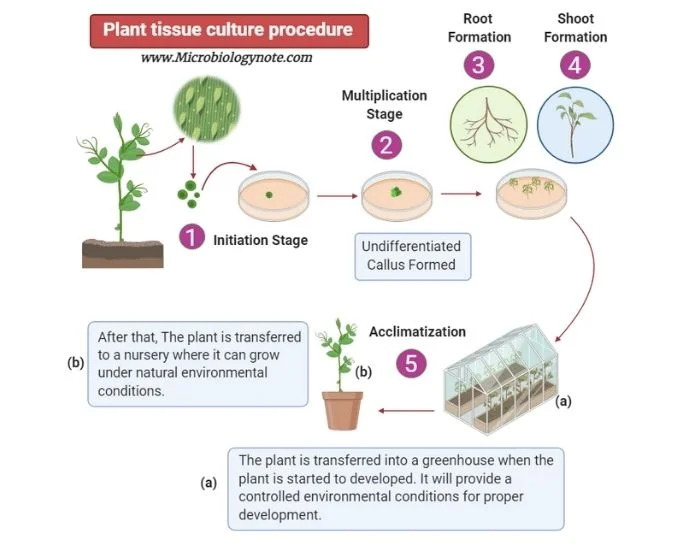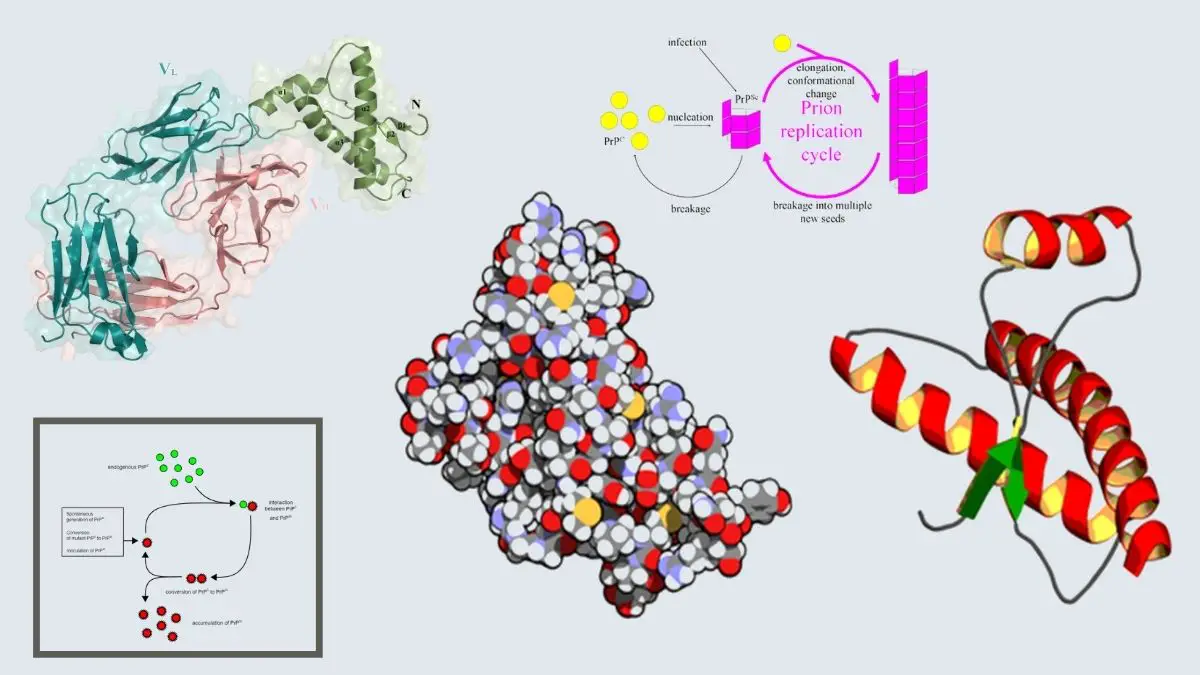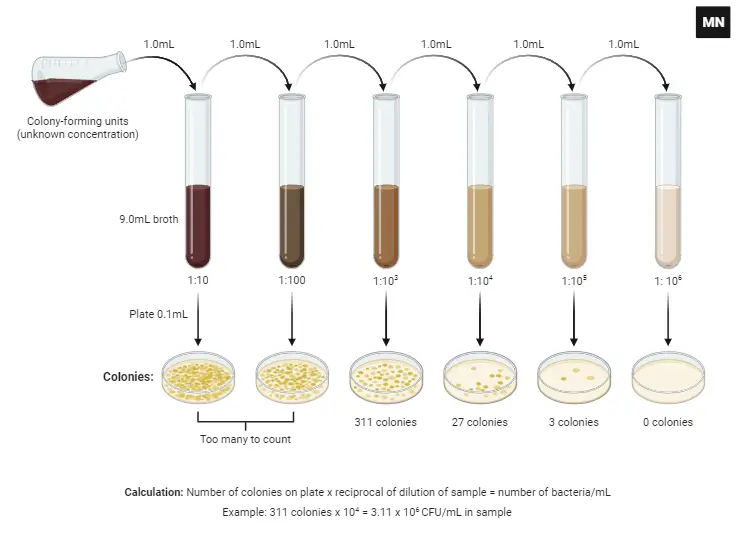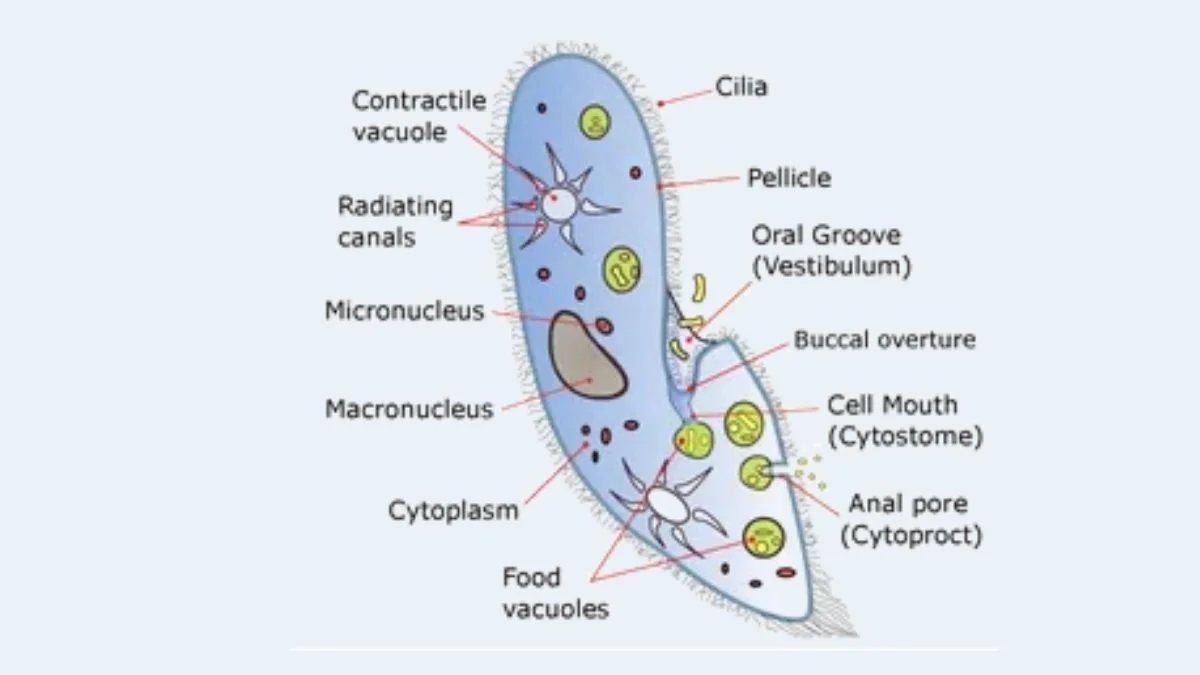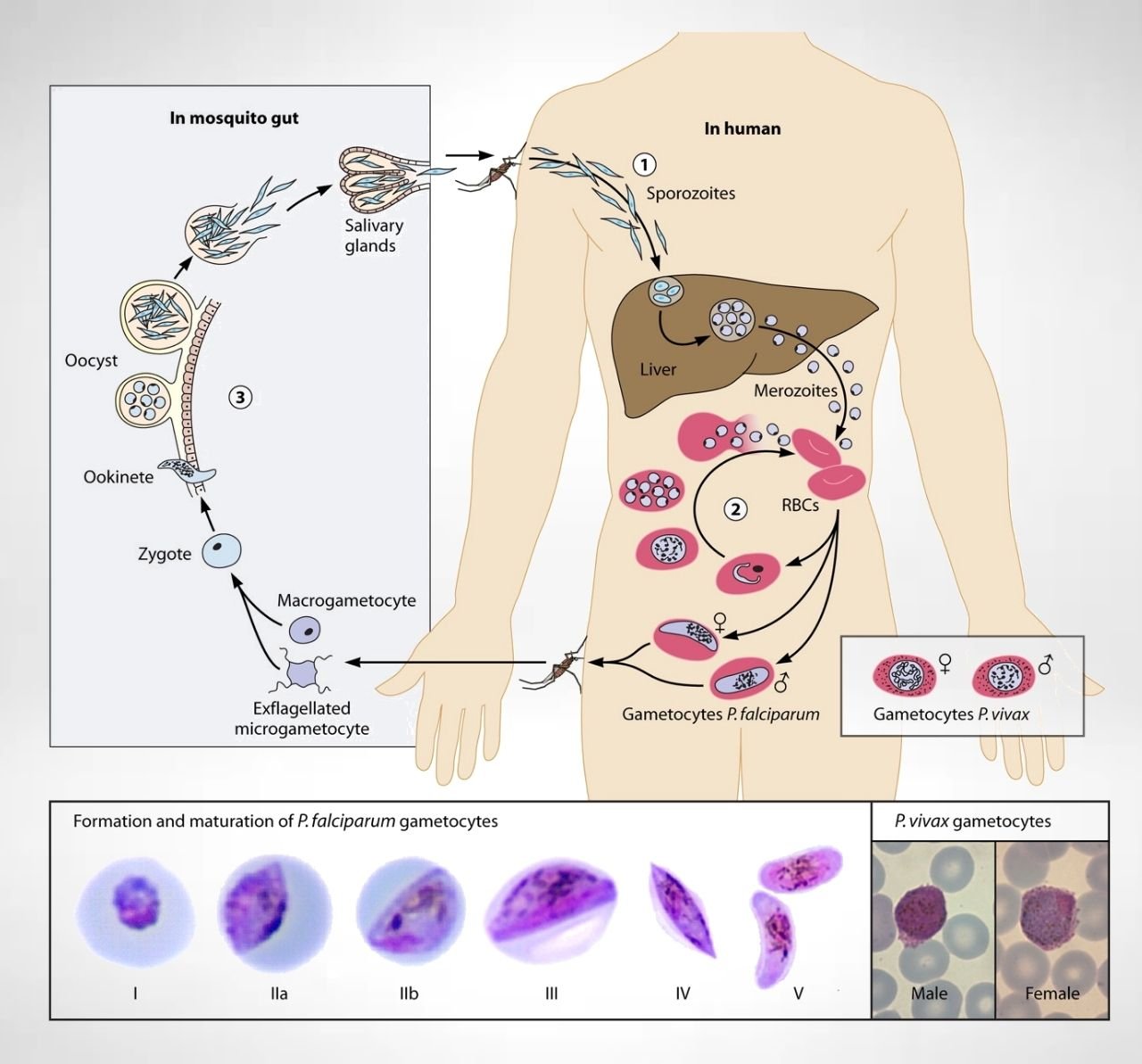Tollens’ Test – Definition, Principle, Procedure, Result, Application
It is a type of biochemical test which is used to distinguish reducing sugars from non-reducing sugars. This biochemical test is also known as the silver mirror test based on the end product of this test. This test was also used to differentiate between aldehydes and ketones through routine qualitative organic analysis.
